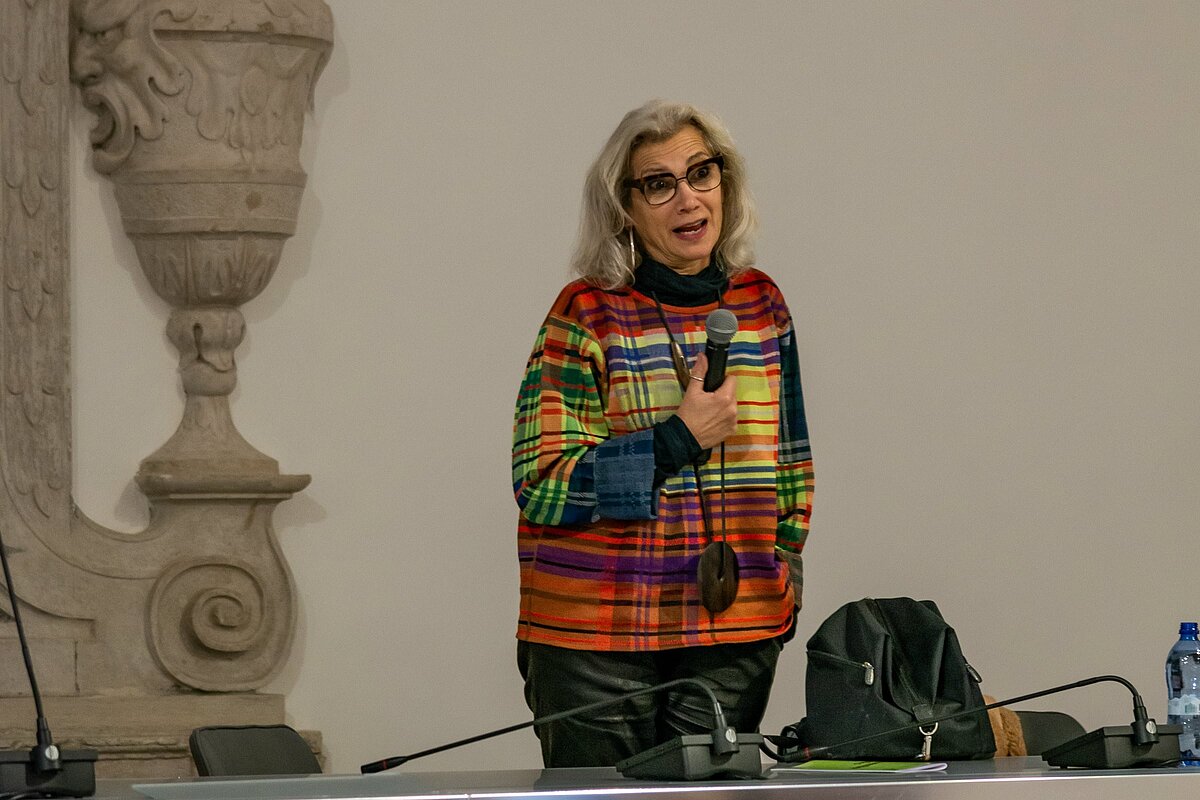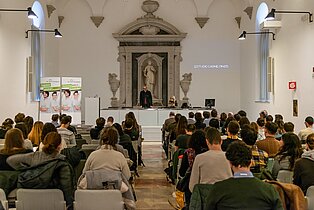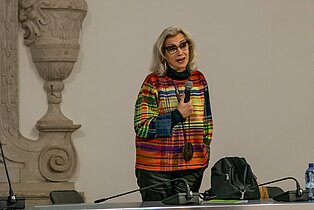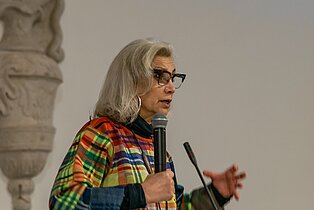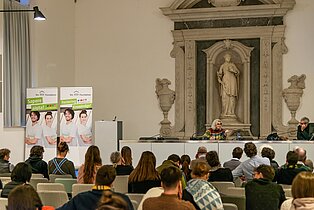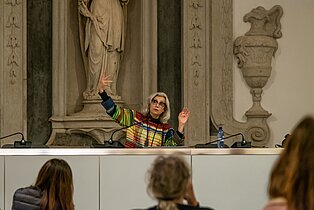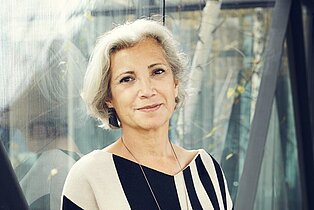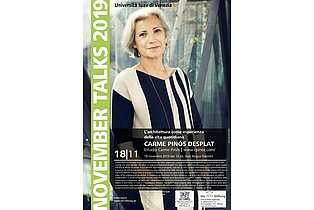Review | Carme Pinós Desplat in Venice
Architecture as an everyday experience
Experience in Carme Pinós’ architecture is one of the main features of her work: architecture in this sense is a space of experience and encourage to create society.
On the third conference of November Talks at the Iuav University of Venice the architect analyses some projects in the dual relationship with the context and the human scale.
The Cube I Office Tower in Guadalajara, Mexico (2004-2005), stands in a natural context characterized by the absence of buildings: this project is based both on the dialogue with the genius loci and the expected needs of future users. The program involves the construction of a tower of small offices: the architect’s intuition is to devise a building with a central square from which three towers depart. The Cube Tower is related to the context through large terraces that empty the floors and allow the building to go upwards, in a plastic language of constructed parts and empty spaces in which form and function combine to dictate the final result. The ground attachment is realized by means of a staircase that leads the city inside the building, which again favors the dialogue with the context.
Some years later, Carme Pinós studio projects the Cube II Office Tower II (2009-2014), which stands in densely anthropized context, a forest of tall buildings with which the tower competes by pushing the highest part of the building outwards. Starting from the first sketches, the architect shows a profile that is not perpendicular to the ground and, here again, an attachment to the ground which is open to the city.
The CaixaForum in Zaragoza, Spain (2008-2014), is animated by the need to find a scheme, a structural rule, that gives substance and leads to the search for the definitive solution starting from the understanding of the place and its needs. The building is settled on the space freed from the railway station, which served as a clear division between the historic city and a popular neighborhood. With the idea of mending these two parts, Carme Pinós designs a building resulting from the interpenetration of two bodies, which houses two exhibition halls, reading rooms, an auditorium and a restaurant. The exhibition halls are staggered and create terraces open to the city. The dialogue with the context is likewise permitted by the construction of large openings in non-structural façades and of a ground attachment that serves as a square. The fire escape staircase stands outside the building, becoming an ornament.
The urbanisation of Plaza La Gardunya in Barcelona (2014-2015) includes the design of a residential building, the Escola Massana and the rear elevation of La Boqueria. Each part of the project dictates the formal solutions adopted by the architect: the façades of the residential building are domestic and exclusive, while the public building has abstract and singular fronts, characterized by semi-artisan brise soleil covering the glass walls, allowing light to illuminate the inside court and rooms but at the same time protecting the life inside the building.
The MPavilion in Melbourne (2018) interprets topographic elements – the low hills which mark the context – as fundamental for the construction of the pavilion: roofs in wood and polycarbonate create a sculpture from which users can contemplate the surrounding nature and take part to cultural events hosted from October 2018 to February 2019.
Last project presented by Carme Pinós is the Son Brull Hotel & Spa in Mallorca (2016-2019), which is the renovation and extension of a 1700s monastery to a hotel with suites. This landscape project starts with the study of stone terracing walls along the Mediterranean coasts which, in her project, host four suites through the modulation of curves and breaks.
The conference ends with a lively debate in which the architect reiterates how the context, wisely connected to choices of scale and proportion, dictates the architectural solutions of each project. The culture of the project that informs her is based on the internalisation of the lesson of the most important architects of the Twentieth Century together with readings of philosophy, sociology and history and the observation of everyday life that teaches architecture, in the constant search for a balance between rules and free spatial arrangement.
Interview-Video
Carme Pinós Desplat spoke about her lecture at the November Talks in Venice.


